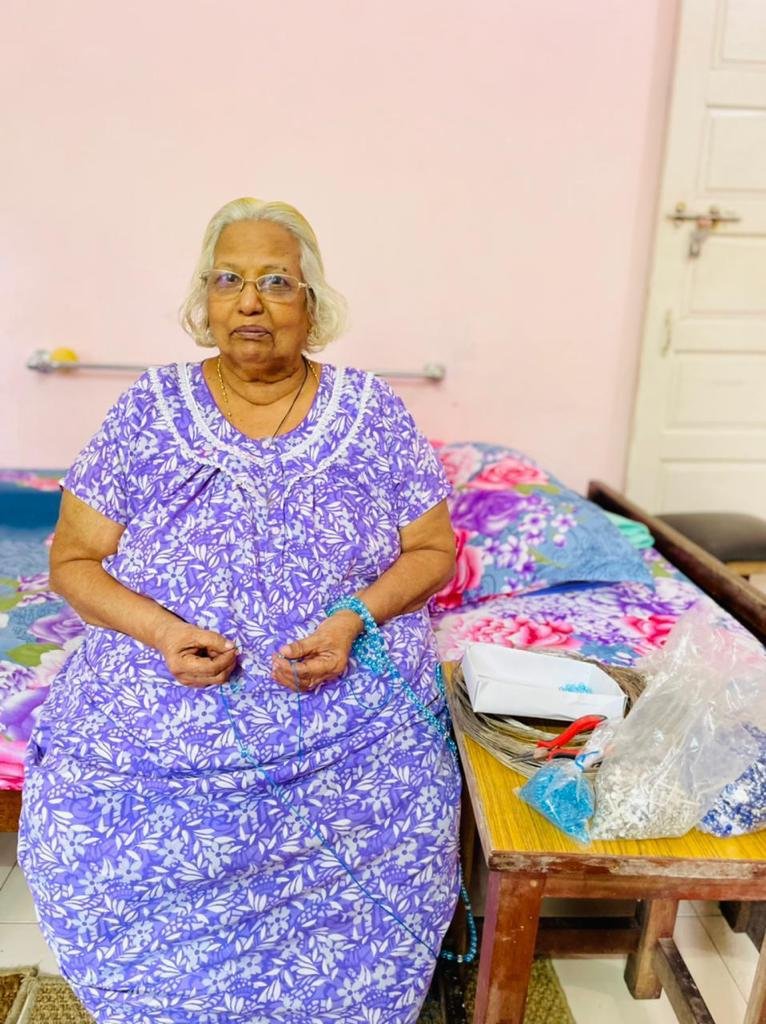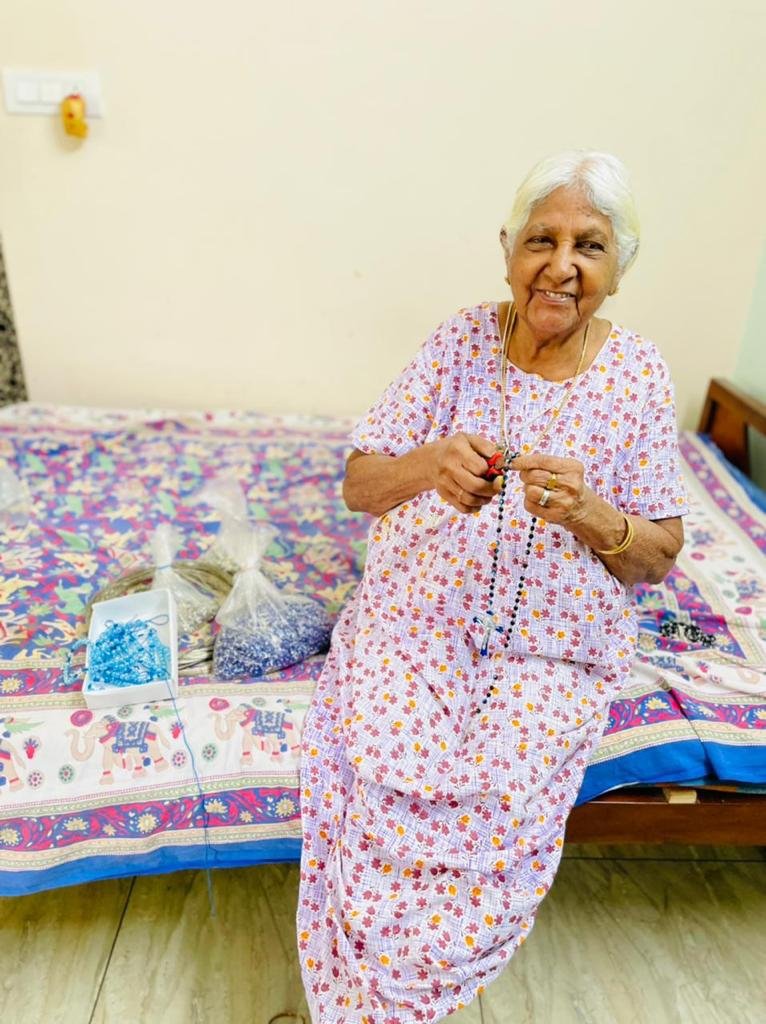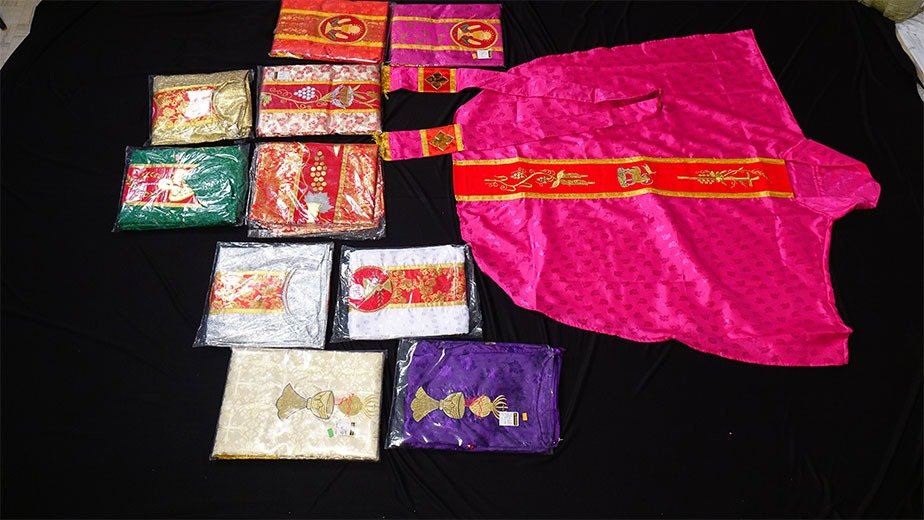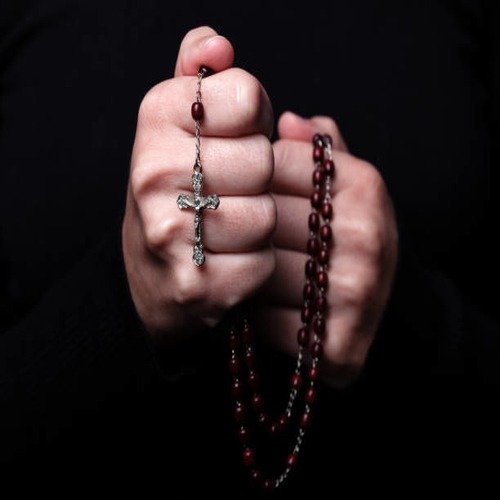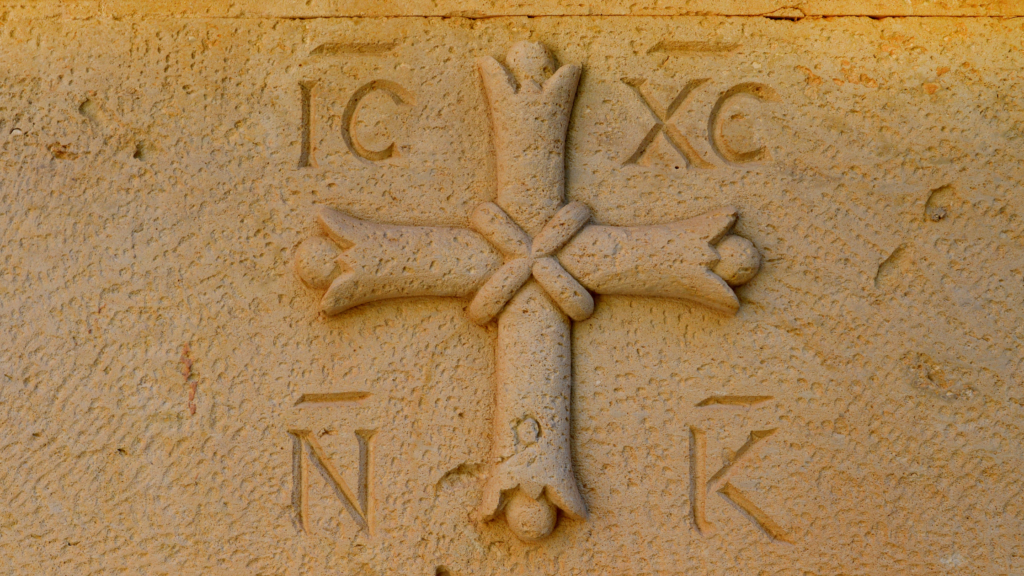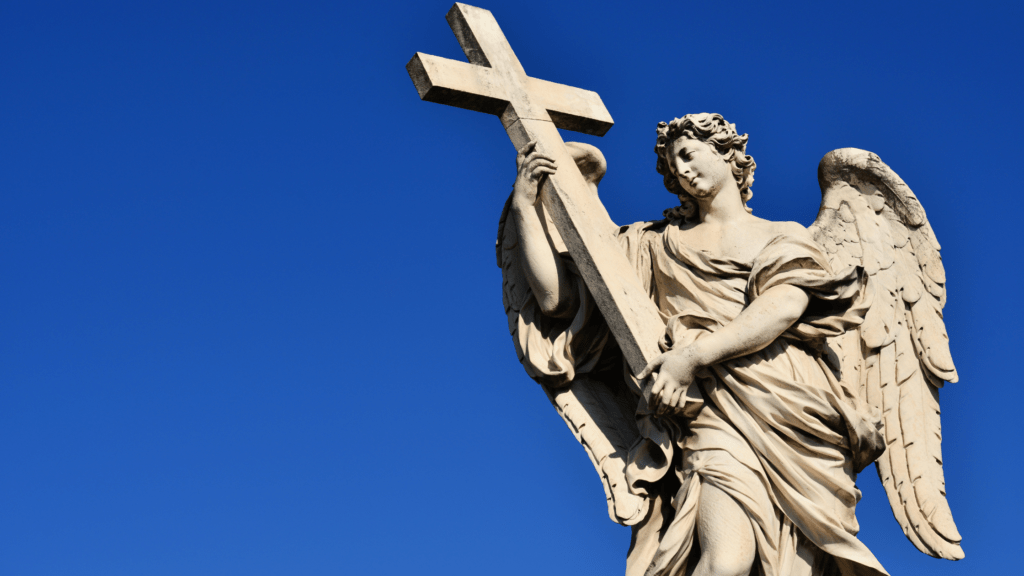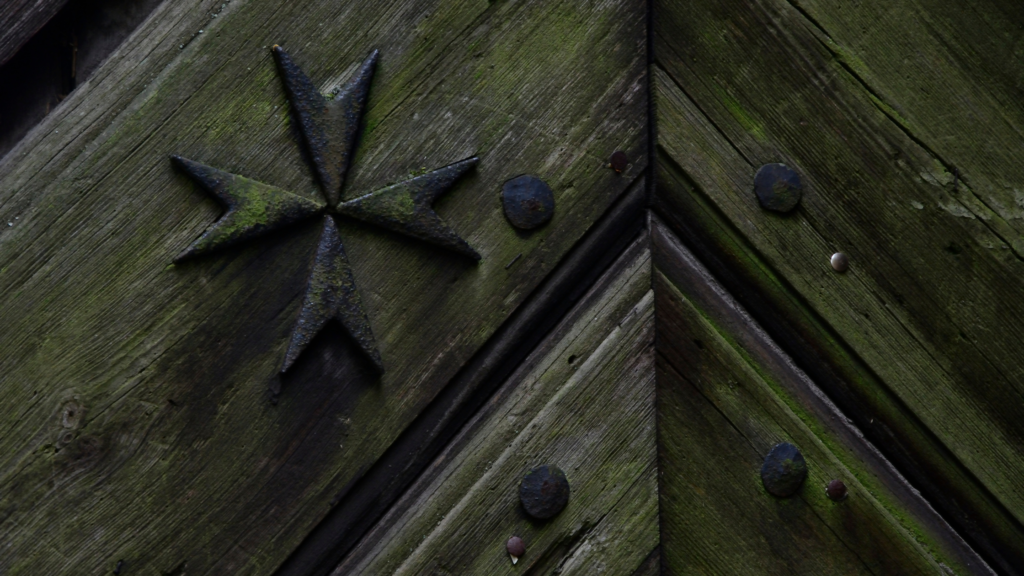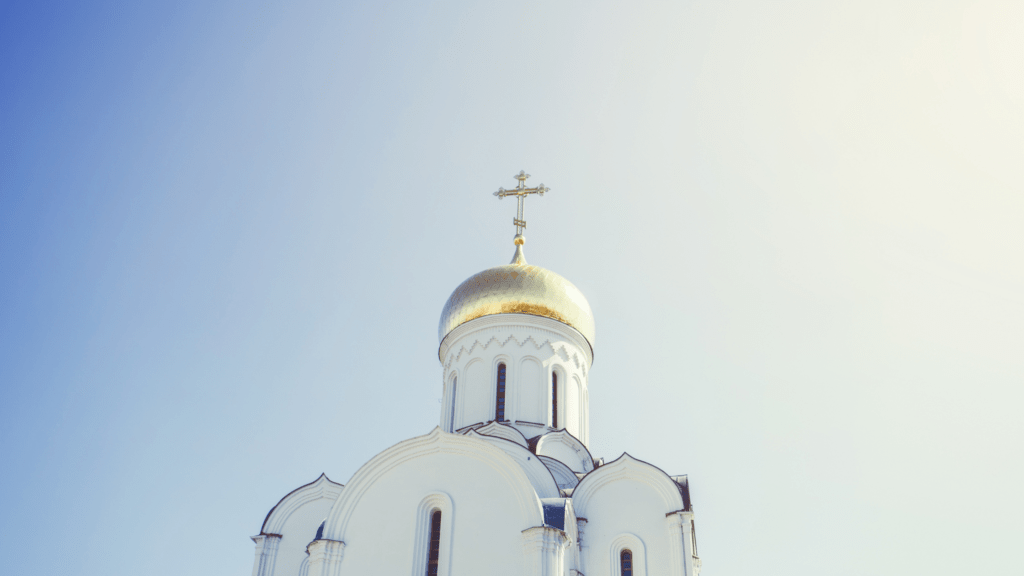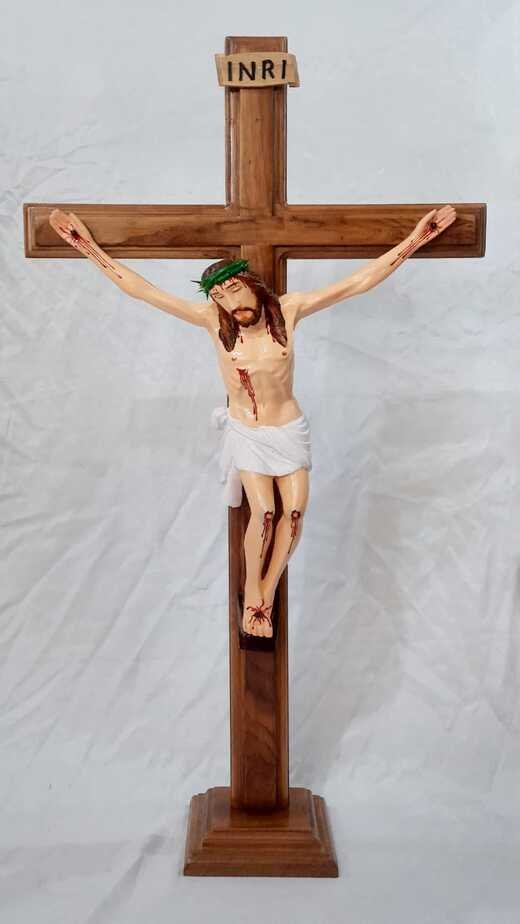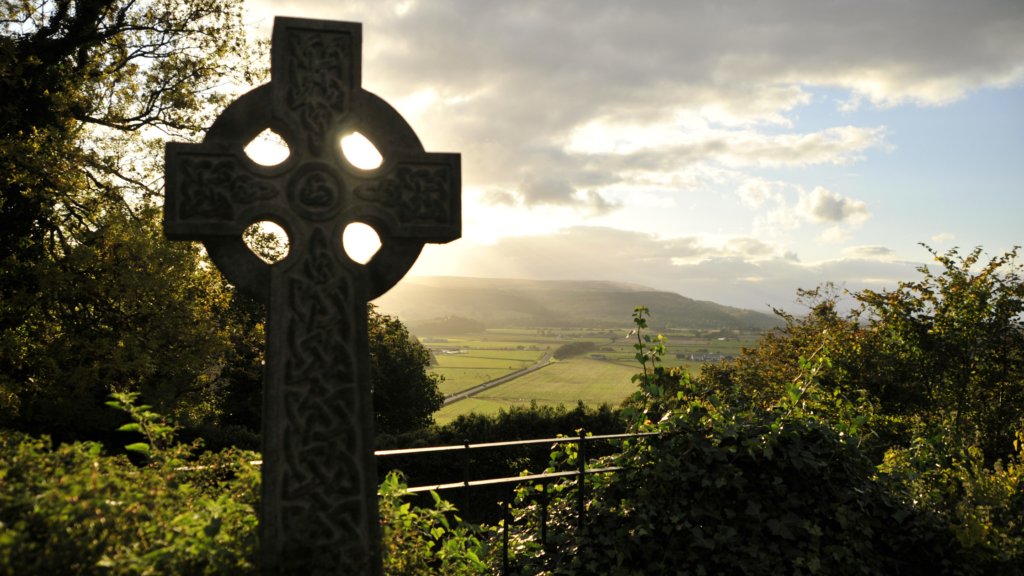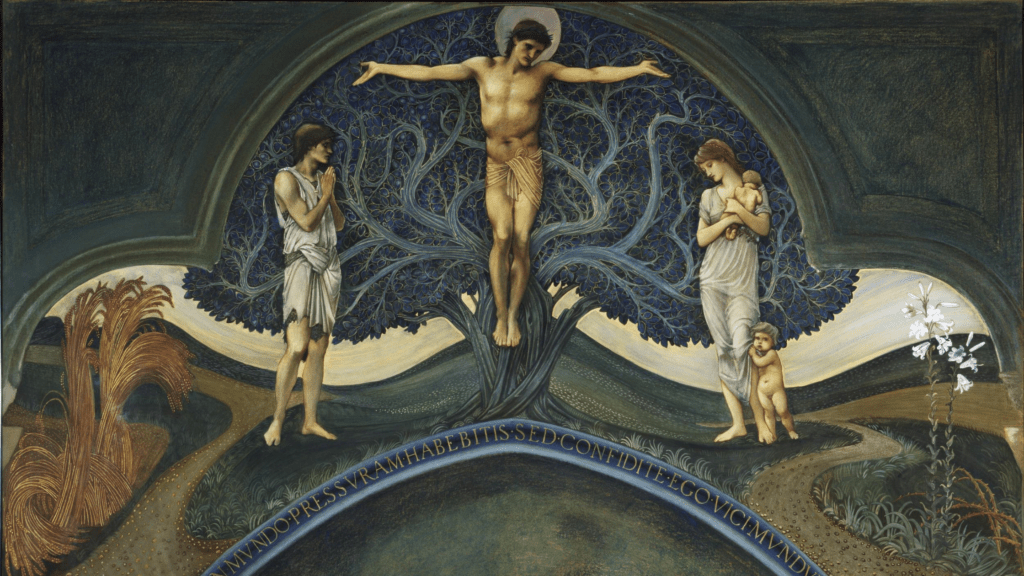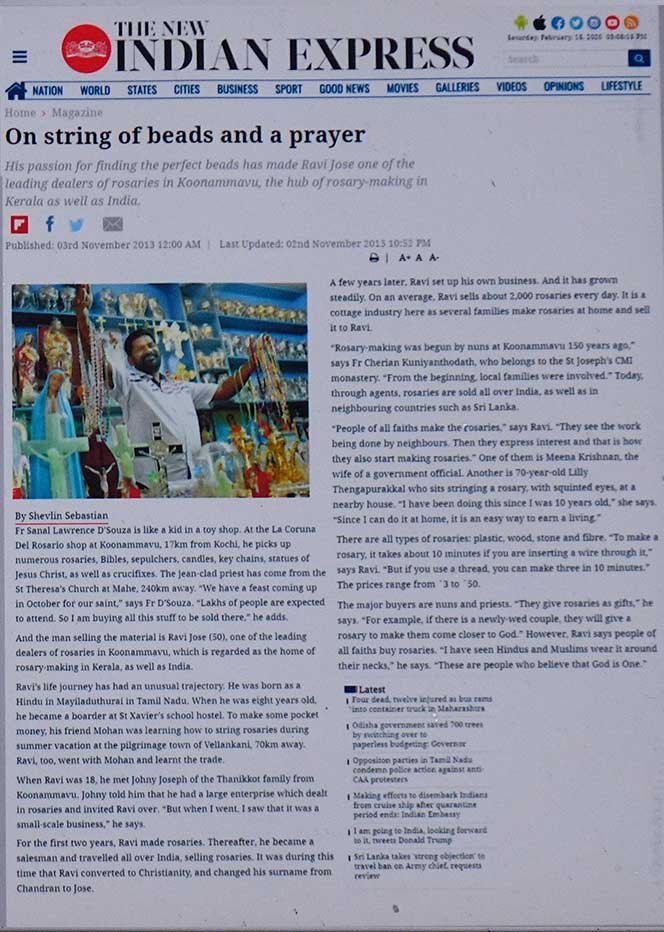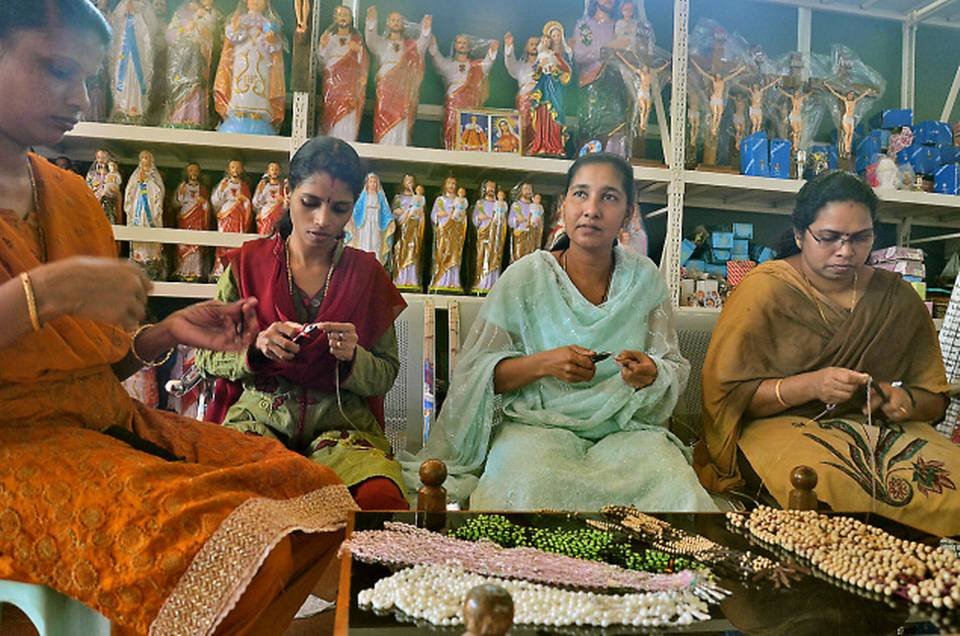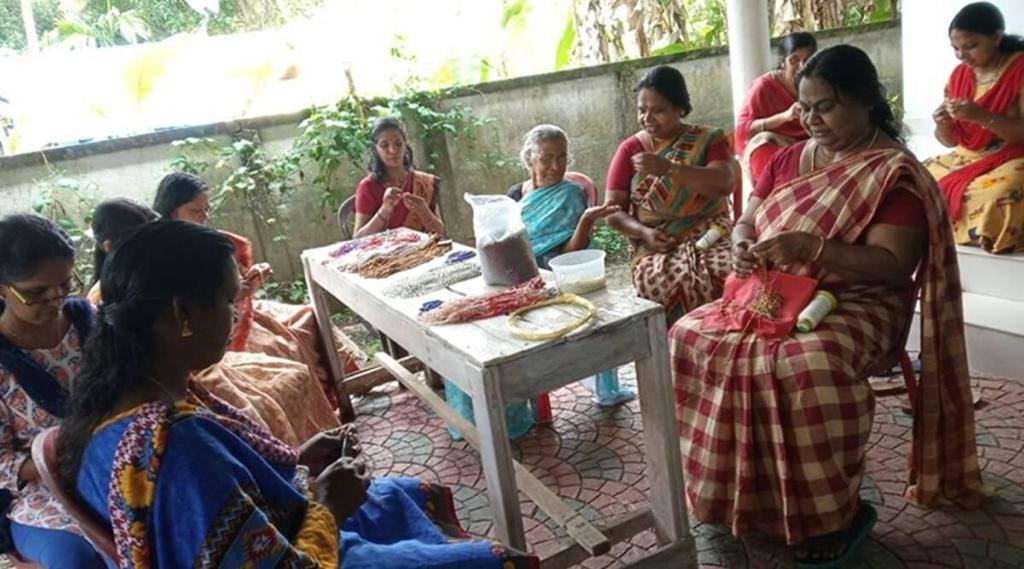
We at La Corona Del Rosario have always been grateful to the hands that help us craft rosaries for our customers. And today, let’s get into the fascinating story of what Rosary Village is and how the legacy continues.
Let us take you back in time to nearly 200 years ago. Tucked away in the serene village of Koonammavu, near Kochi, Kerala, a visionary made his leap to create something beautiful. It was not a monument, a building or anything scenic. It was the beginning of a movement that shaped this tiny village. At the heart of this divine initiative, Rosary Village, was the visionary himself: Saint Kuriakose Elias Chavara.
Now, let’s rewind to the days when women predominantly spent their time at home tending to their families, when institutions to learn & earn were exclusive to men and kids. Saint Chavara had a strong vision: a future where women could aspire, learn, earn and be self-reliant. With a vision to uplift his fellow beings and for personal sanctification, Saint Chavara helped start the Congregation of the Mother of Carmel (CMC) in 1866. And within this congregation, women learned to grow and be self-reliant with the art of making rosaries.
This simple act of stringing beads one after the other slowly became more than just a skill at Rosary Village. Rosary making slowly transitioned to become a medium for women to pray, earn & lead a better quality of life. This holy initiative gathered more attention, and women in the nearby villages picked up the craft. Over time, this hobby became a livelihood simply by perfecting the craft of rosary making. These beautiful rosaries reached homes and churches & carved out a special place in people’s hearts. And that’s how this quaint little village carried stories of strength, devotion & skill across lands. Gradually, Koonnammavu became popular for its Rosary Village and the legacy it continues to narrate.
Even in the present day, it’s not just women who benefit from the strength of Rosary Village. At La Corona Del Rosario, our strong community of around 1,500 women continues to inspire the younger generation. There’s never a dull day in their groups because these powerful women and children consider this a hobby; one that they truly enjoy and devote their efforts to.
Today, this town is lovingly known for the “Rosary Village” and for us at La Corona Del Rosario, it feels truly divine to be rooted in Koonammavu. Challenges and evolution cannot be stopped, but this community continues with its craft of handmaking rosaries. La Corona Del Rosario would like to take a moment to celebrate their strength and honor their spirit for building this village of rosaries. So the next time you pick up a rosary in your hand, think of Rosary Village and the devotion behind crafting it.
Before you leave, take a wild guess! How long would it take for a rosary-making expert like Thangam Thomas to make one rosary that you see at La Corona?
If your answer was between 5-6 minutes, well done!

